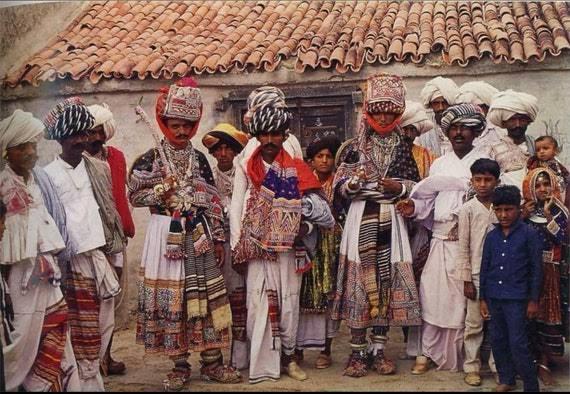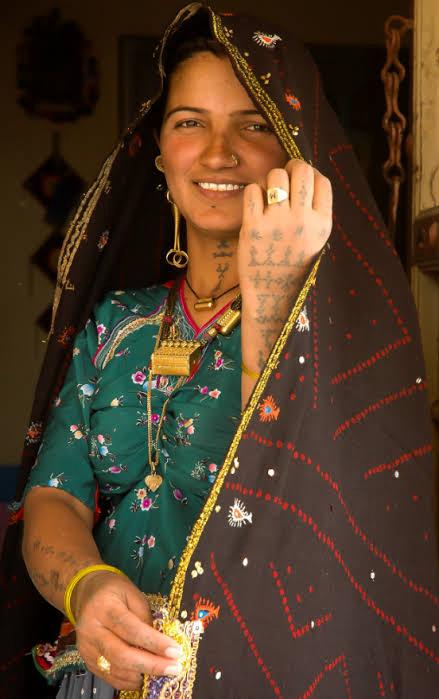Social Responsibility
The residents of Zainabad work as farmers and salt producers. The Resort is maintained and modernized with a portion of the revenues, but this is always balanced to ensure that the majority of the profits are returned to society. This involves managing the Nature and environment , high school, Aakash Ganga the orphanage , the mir community ,salt workers and localite .Buying locally and being local
We choose to package fresh produce and purchase as much locally as we can to cut down on waste and support regional business owners. We collaborate with local residents to benefit them and communities with high artisanal skills, such as potters, weavers, beadworkers, and embroiderers, in order to guarantee that desert coursers stays an ecotourism initiative.aiming to create a platform for regional craftspeople, enhance their working conditions, and construct amenities for visitors to the region, regardless of where they choose to stay. The most important of these projects is the idea to construct a craft town where craftspeople will be able to sell their creations to potential customers and establish a reputation.which is basically Inside Out, includes our sustainability initiatives. In addition to showcasing what is available, we also work to maintain, safeguard, and support the crafts that are rooted in culture and history.
Mr. Dhanraj Malik, the proprietor of Desert Coursers, is well-known for his charitable endeavors and commitment to give back to the community. He has consistently endeavored to improve the neighborhood and make it a better place. He has received numerous accolades and been widely recognized for his efforts. from building a school following the earthquake in Gujarat in 2001 to providing hundreds of youngsters with free education.
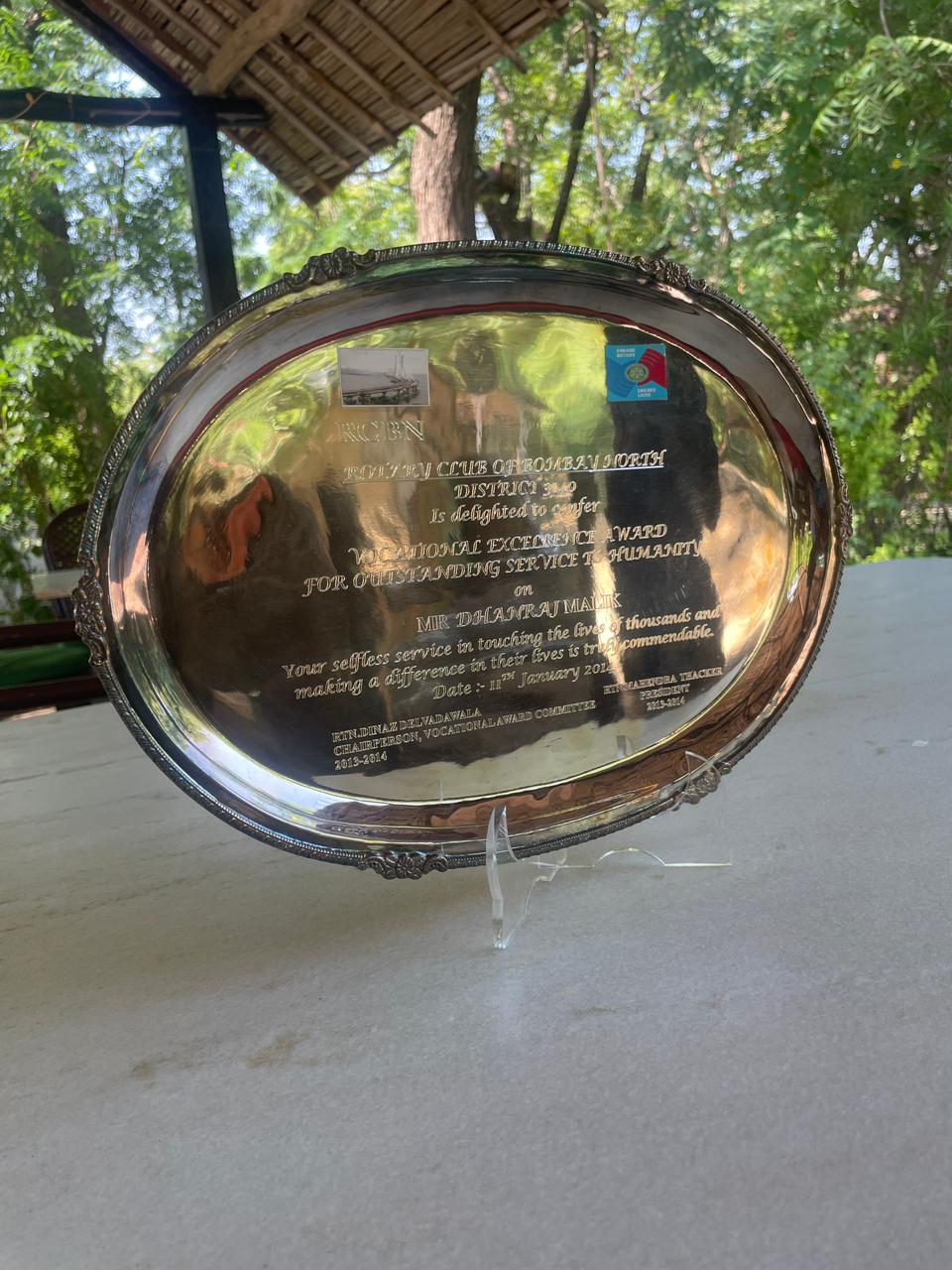
Vocational Excellence Award, Presentent by The Rotary Club of Bombay for Outsatanding Service to Humanity.
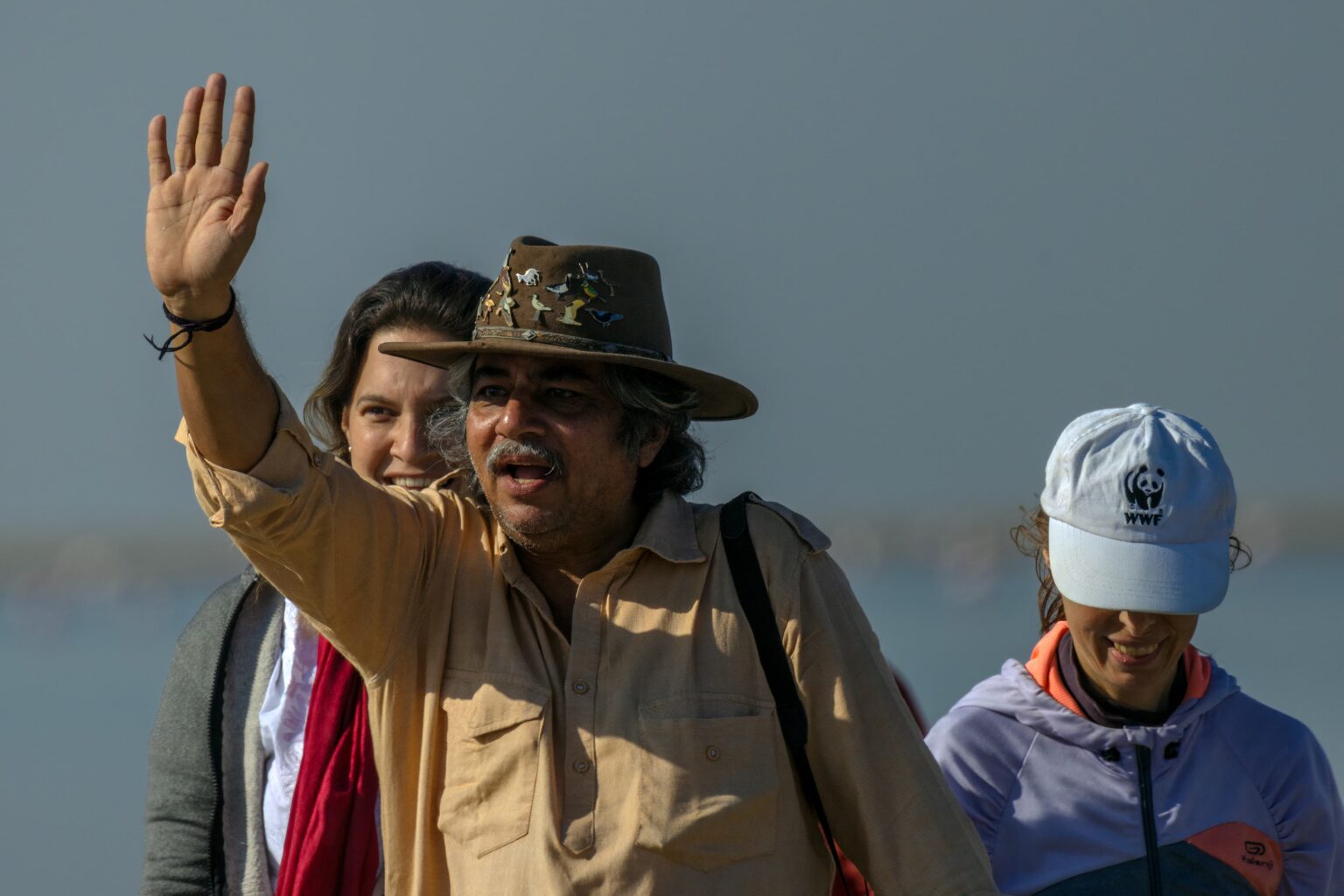
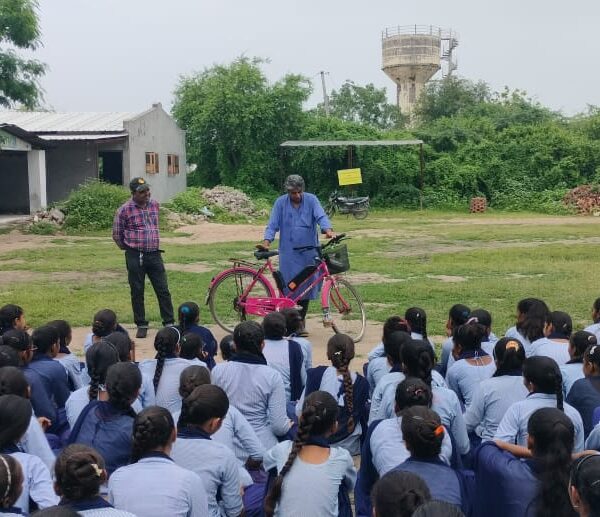
Dhanraj Malik, introducing electric cycle for the students at Zubedabegum High School.
Zubedabegum High School
Smt. Zubedabegum high school zainabad. Shree Azizmohmmed khan ji Education and social welfare trust under this school. It was established in 1974.The president of this school is zainabad state R. R. Sabbir mohmad khan ji malik(zainabad State)
And vice President of R. R. Dhanraj Malik. High school have 330 students. Boys 180 and girls150.This high school main supporter is Desert coursers camp zainabad. Camp main support. Poor students and single parents and orphans students provide uniforms and books and reference books and edu. Tour fees etc.And specially sports kits give every year. Sports like tennis, cricket, pool walts and basketball and athletics also. Educational support also sometimes had very famous figures come to high school and seminars and teaching and motivated school. Sometime abroad nice people come and teach different languages like French, English and Spanish. Some projects also Like animation films and drawing and painting and culture activities.
Desert coursers camp is a big roll of smt. Zubedabegum high school and kids from neighboring villages can attend. The family sponsors numerous social projects in and around Zainabad through . This involves managing a high school that both locals and kids from neighboring villages can attend.
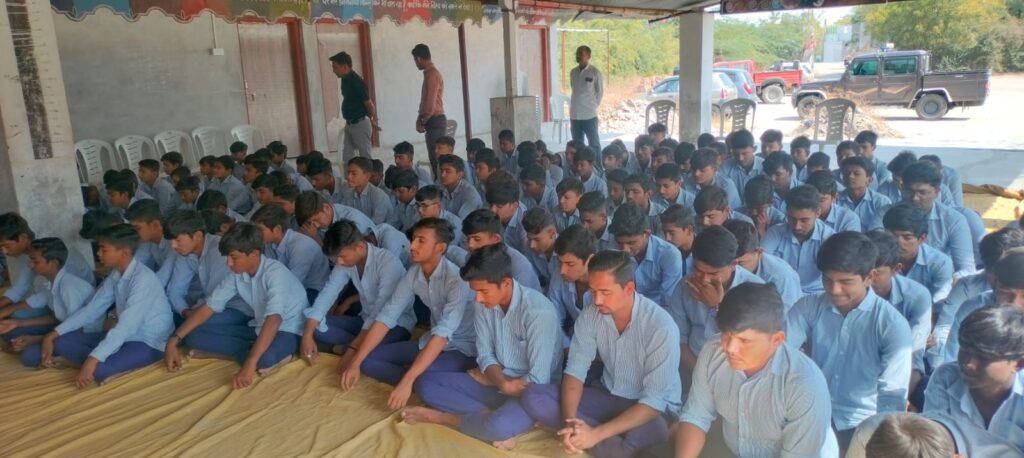
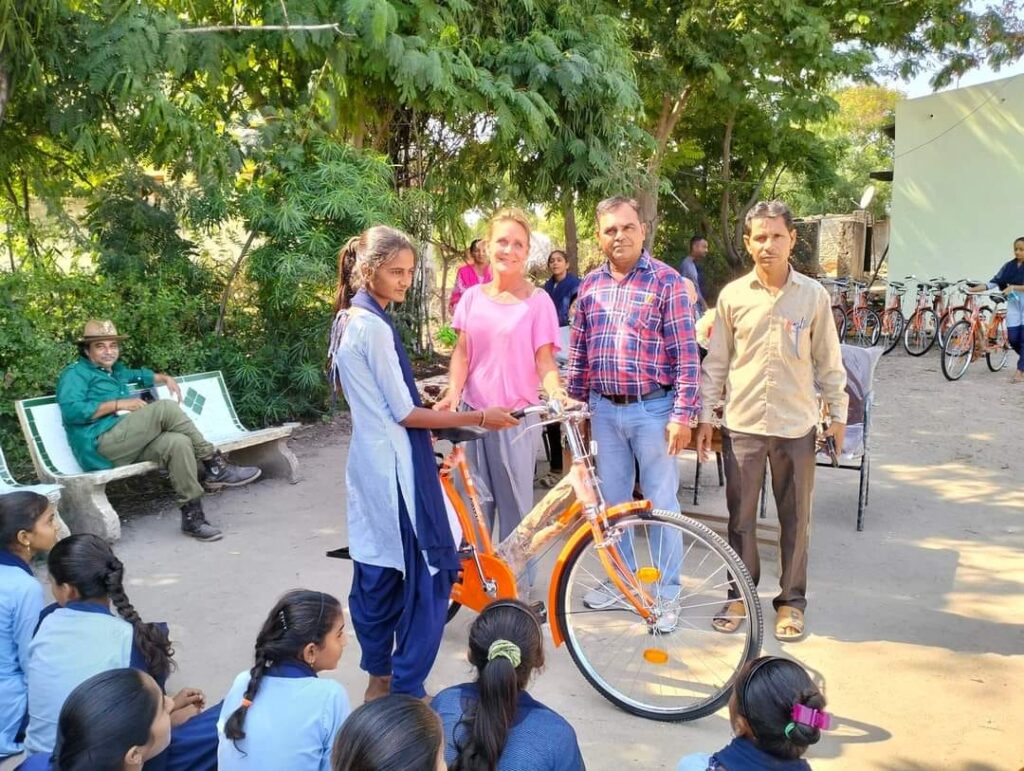
Salt Farmers of Kutch
The Kutch region is where salt farming first began. Some people think that a local village discovered that the water below ground level was brine (a concentrated salt solution) nearly two centuries ago. They could also draw salt out of these waterways. Thus, salt farming was established in Kutch.
Agariyas are the name of the salt farmers.Several laborers from nearby communities travel to this monsoon-soaked desert region in October. In October and November, the laborers begin harvesting as the water recedes. For over eight months, the Agarias harvest salt, enduring the difficult surroundings and the scorching desert temperatures. Salt is harvested by the whole family, including women and children. In particular, women are the primary workers.
The brine is often extracted underground using a pump and gathered in enormous salt pans that are square in shape. Natural evaporation starts at this point. For harvesting, the brine must be more concentrated. As a result, the brine moves through the salt pans several times. It takes a long time to prepare these pans as well. In order to create a hard, impermeable bed and a slope for the brine to flow, the farmers use their bare feet to stomp and level the ground.The Agariyas have difficult labor circumstances.
The daytime high in the summer can reach 50 degrees Celsius. Additionally, it frequently drops below 6-7 degrees at night.The issue of drinking water comes next. For 15 days, a family gets roughly 1000 liters of water. This quantity is plenty for cooking and drinking. To get drinking water or even to take a bath, they may have to trek nearly eight kilometers. Thus, they are constantly concerned about hygiene and sanitation.
The Agariyas then receive little in return for their laborious efforts. For the salt they make, they receive a pitiful 20 to 30 paise per kilogram. The salt’s quality and market demand determine the price

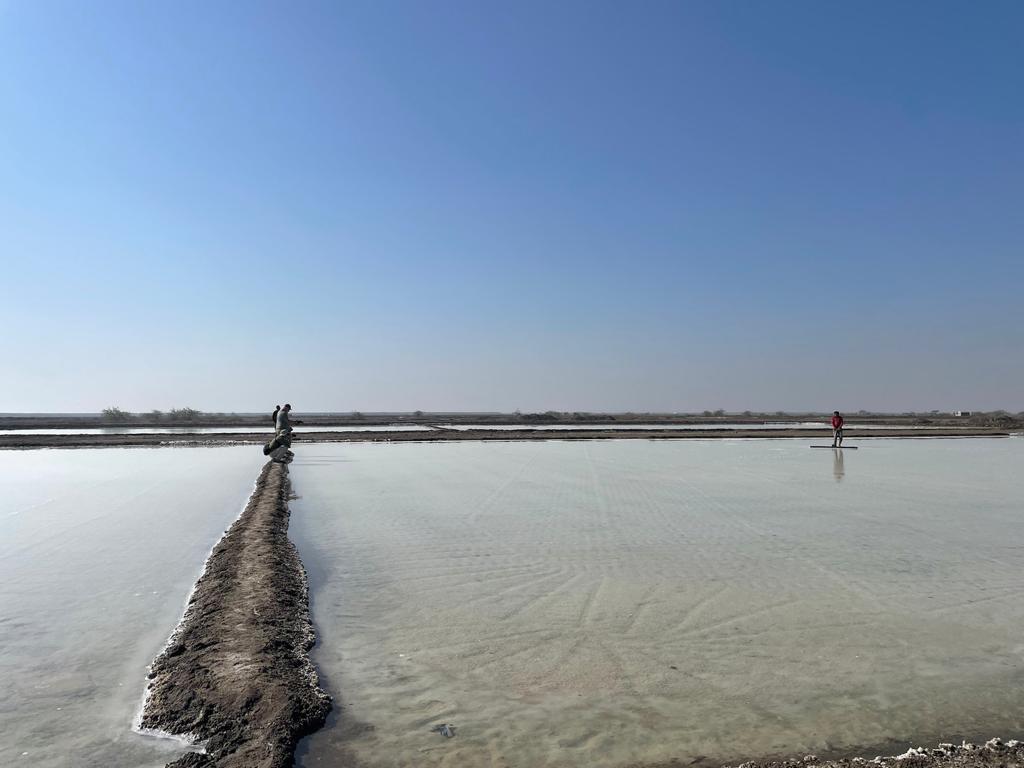
AKAAS GANGA
Families like this are still receiving employment opportunities from Desert Coursers to help them make ends meet. Their children receive free education in the village school .The orphanage Akaash Ganga is funded entirely by the proceeds from desert coursers. When a little child in a nearby village pulled a chapati from a dog’s mouth, Mr. Dhanraj Malik became enraged and stared at the orphanage. The young one was pleading because he had no family. That’s how AKAAS ganga was Born. We give impoverished children lodging, board, and education, with a focus on girls and boys from the salt workers community. Akssah Ganga is the orphanage where children grow up to what they dreamt of the advantage they get in this orphanage where no other provides is the exposer which you get by the guest which come and open their minds to them this makes them understand the world in a much better way .Young individuals volunteer and guest who host at the resort give their time to educate the kids new things from all over the world. There are others who also offer money.
Mir
The Mirs were renowned for their beading and dances in the past. When the demand decreased, they started working by hand. We encouraged them to continue their traditional crafts work with the promise of a market among the Rann guests in order to solve this. The Mirs craft necklaces, tassels, and braids for women and girls using opaque beads and obsolete buttons, coins, and other items. They maintain the tradition of their profession while making a living by selling beaded bangles to our guests.
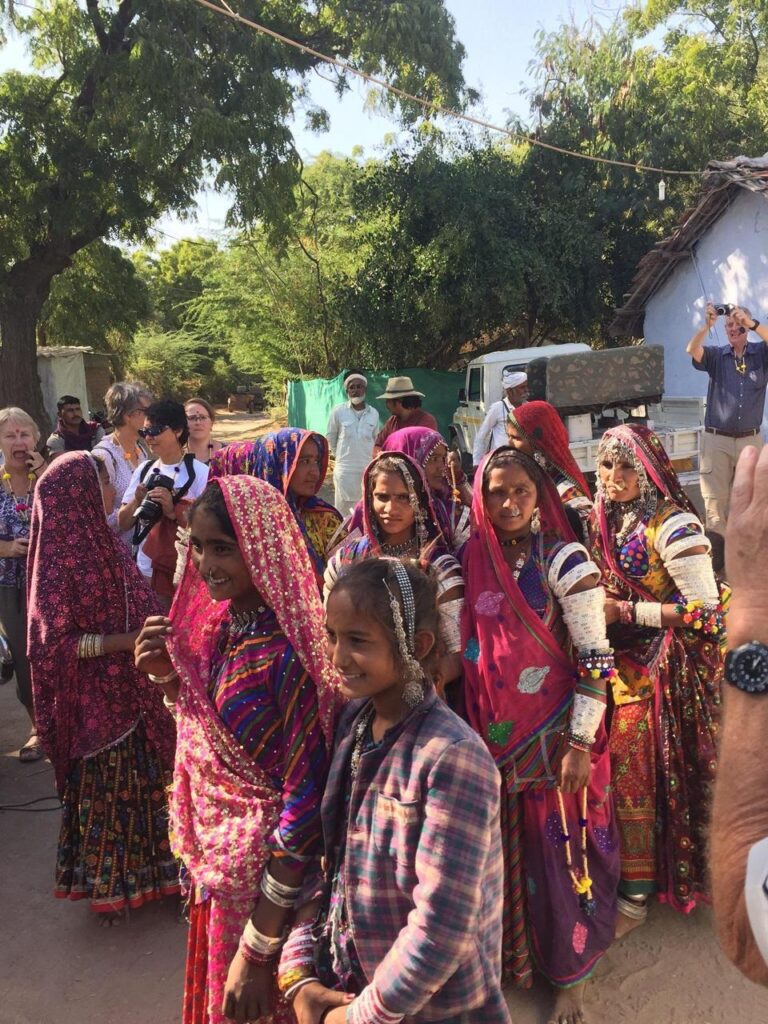

Rabri
The Rabari women are adept at needlework. Traditionally, their husbands supported the family through dairy farming, and they worked on embroidered clothes as part of their dowry. Rabari women who are skilled and adventurous are supported by desert coursers. To make money and preserve their abilities, they collect their best pieces and sell them at our Lodge and in their homes.
